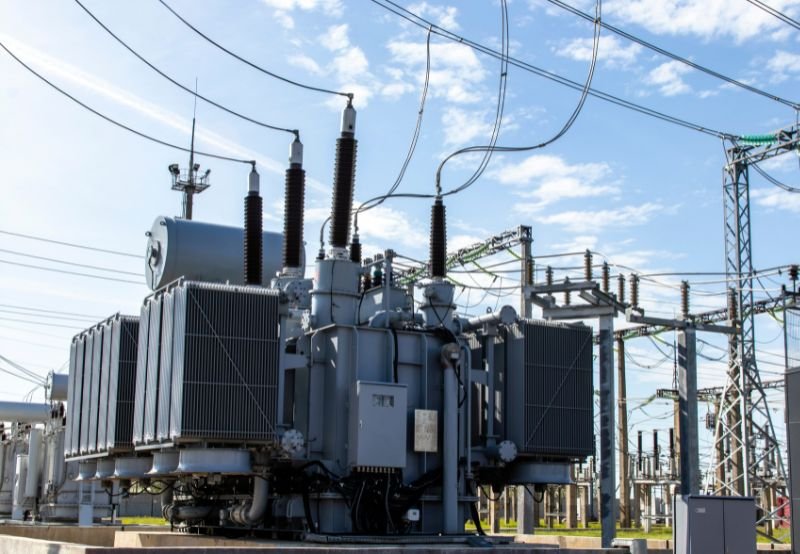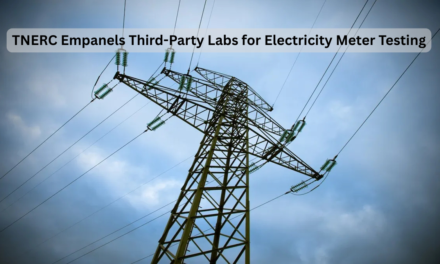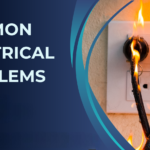India’s ambitious plans to expand its solar energy capacity are facing a significant challenge due to a shortage of power transformers, which are crucial for the effective transmission and distribution of electricity generated from solar plants. As India accelerates its transition to renewable energy with a target of achieving 500 GW of non-fossil fuel energy by 2030, the demand for high-capacity transformers has surged, but the supply has not kept pace. Power transformers play a vital role in stepping up or stepping down the voltage from solar plants to match the requirements of the power grid, and their availability is critical for the integration of solar power into the national grid.
The shortage of transformers has been exacerbated by global supply chain disruptions, rising raw material costs, and increased demand from both the domestic and international markets. Solar power plants are often located in remote areas, where robust grid infrastructure is needed to transport the energy to urban centers. Without sufficient transformers, solar energy cannot be efficiently transmitted over long distances or integrated into the grid. This issue could lead to delays in the development of solar projects, affecting India’s ability to meet its renewable energy goals.
Moreover, the shortage of power transformers is not limited to solar energy alone. The rising demand for transformers for various sectors, including electric vehicles, industrial automation, and power distribution has put significant pressure on the manufacturing capacity of transformer producers. The increased competition for transformer supplies has resulted in longer delivery times, rising costs, and the possibility of postponed projects. This shortage also threatens the government’s energy transition agenda, which is heavily reliant on the expansion of solar power generation and its integration into the national grid.
The Indian government, along with energy companies, is exploring solutions to address this transformer crisis. Measures such as boosting domestic production, importing additional transformers, and innovating alternative technologies for grid integration are being considered. However, the immediate concern remains the ability to ensure timely and cost-effective delivery of transformers to support ongoing and upcoming solar projects. The shortage could potentially slow down India’s progress in solar energy development, undermine efforts to reduce carbon emissions, and delay the country’s transition to a more sustainable energy future.
For India to realize its solar ambitions, a coordinated effort is required to secure a steady supply of power transformers, streamline supply chains, and increase manufacturing capacity. This is vital not only for the successful implementation of the country’s solar energy plans but also for ensuring energy security and a smooth transition to a cleaner, greener energy system. Without timely intervention, the shortage of power transformers could stall the growth of the country’s solar energy sector, impacting both economic development and environmental sustainability.














